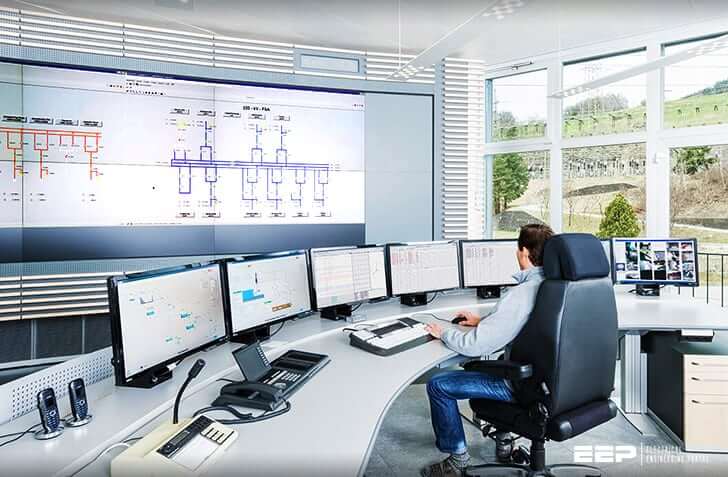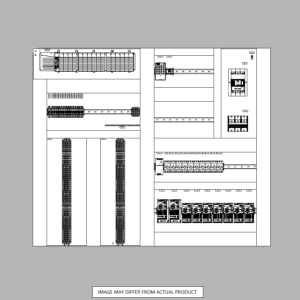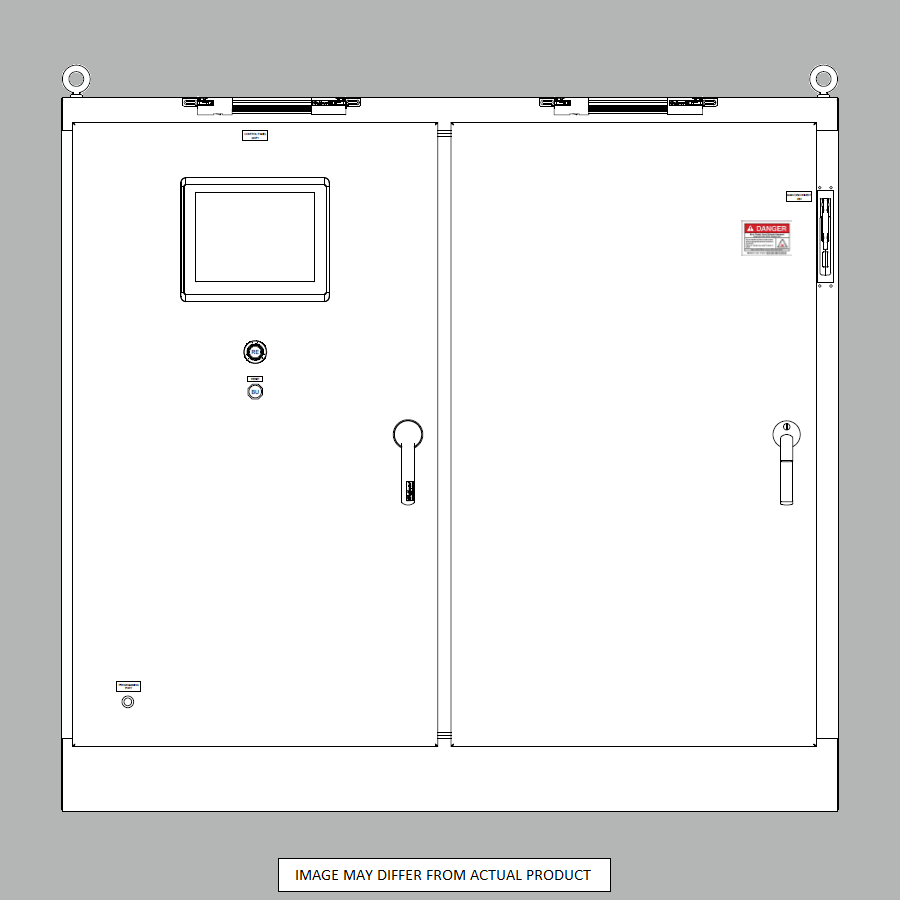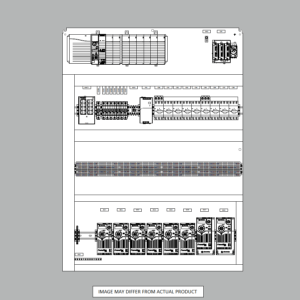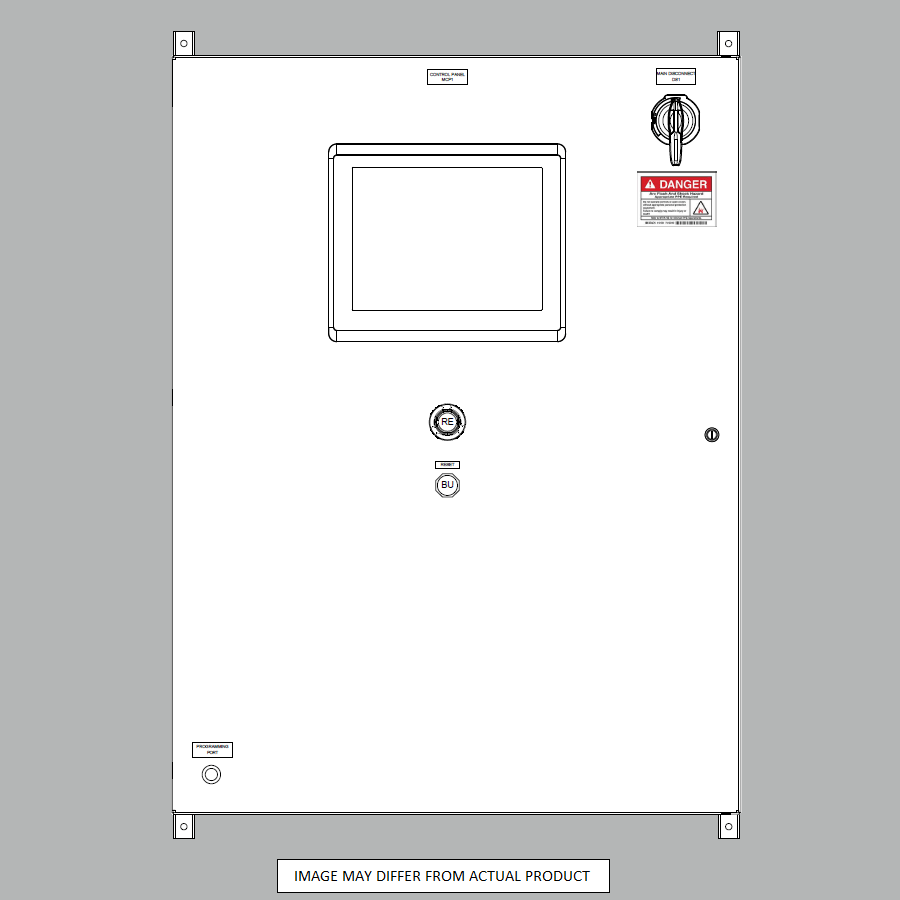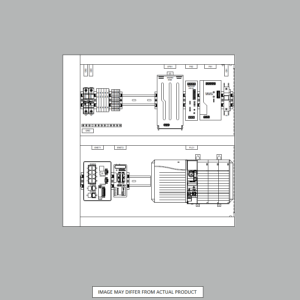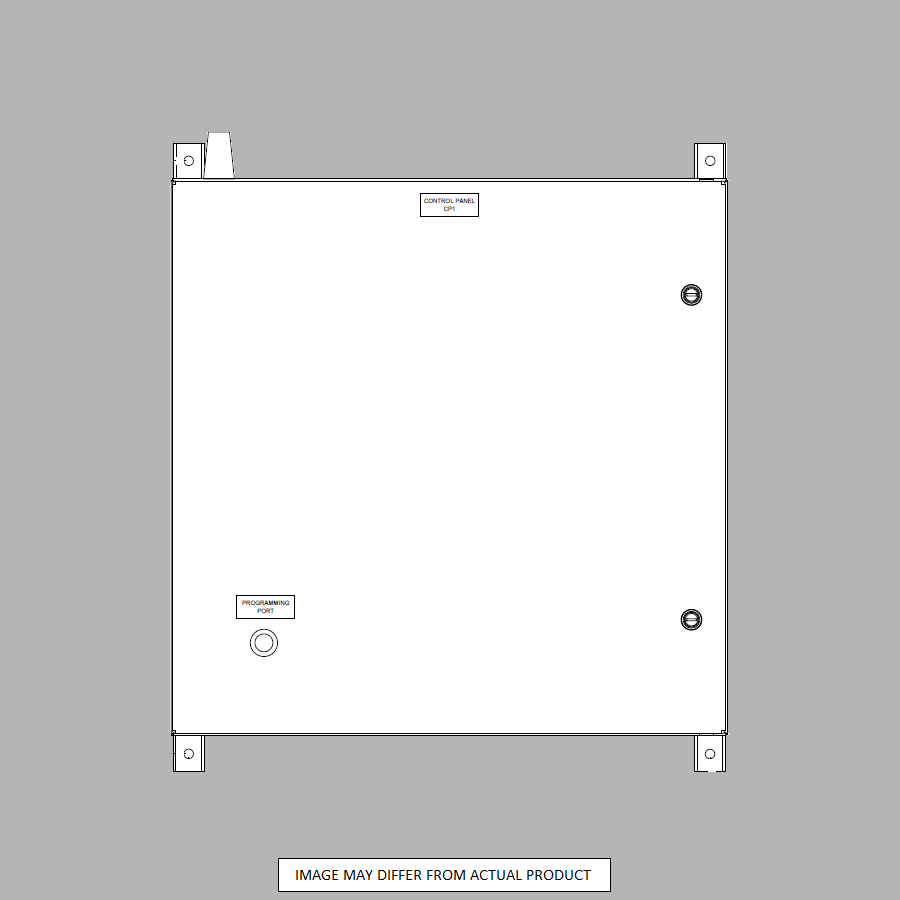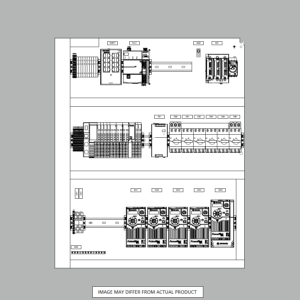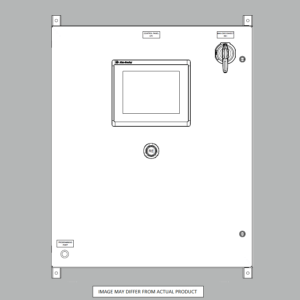What is an Automation System?
Automation System
What’s coming in the future? What can technology bring to humanity to better our lives? What is an Automation System and why are they needed? No one knows these questions better that top tier automation and integration companies, such as Automation Ready Panels…
Simply, an Automation system is used to automate repetitive or complex tasks in a variety of industries, such as manufacturing, transportation, and healthcare. These systems can be found in factories, warehouses, and even homes. An Automation system is designed to increase efficiency and productivity, while reducing the need for human labor.
There are several types of automation systems, each with its own set of advantages and disadvantages. Some of the most common types include:
- Programmable Logic Controllers (PLCs): These are computerized systems that are used to control industrial processes. They are often used in manufacturing plants and factories, and can be programmed to control various aspects of the manufacturing process, such as production speed, temperature, and pressure.
- Robotics: Robots are machines that can be programmed to perform a wide range of tasks, such as welding, painting, and assembly. They are often used in manufacturing plants and warehouses, and can be programmed to work 24/7 without the need for breaks or rest.
- Building Automation Systems (BAS): These systems are used to control various aspects of a building, such as lighting, heating, and security. They are often used in commercial buildings, such as offices and hotels, and can be programmed to optimize energy usage and increase comfort for occupants.
- Home Automation Systems: Home automation systems allow homeowners to control various aspects of their home, such as lighting, temperature, and security, remotely using a smartphone or other device.
One of the main advantages of an automation system is its ability to increase efficiency and productivity. For example, robots can work faster and more accurately than humans, and can be programmed to work 24/7 without the need for breaks or rest. This means that companies can produce more goods in a shorter amount of time, which can lead to increased profits.
Another advantage of an automation system is its ability to reduce the need for human labor. This can lead to cost savings for companies, as they do not need to hire as many employees. Additionally, an automation system can also reduce the risk of human error, which can lead to fewer defects and more consistent quality.
However, there are also some disadvantages of an automation system. For example, the cost of implementing these systems can be high, and they can be difficult to repair or maintain. Additionally, automation systems can also lead to job loss for human workers, which can have negative social and economic consequences.
Overall, an automation system has the potential to greatly increase efficiency and productivity in various industries. However, it is important to consider the potential negative consequences of automation, such as job loss, and to take steps to mitigate these consequences.
Looking for your next opportunity to automate? Need to bounce your Automation System questions off an expert? Contact Us
SHOP NOW
-
Large Process Automation: Panelview 5000, ControlLogix 5580
$21,389.00 Select options -
Small Process Automation: Panelview 5000, ControlLogix 5580
$17,999.00 Select options -
Small Process Automation: ControlLogix 5580, UPS Battery Backup, Cellular Modem
$16,999.00 Select options -
Advanced Automation: Panelview 5000, Safety CompactLogix 5380
$8,499.00 Select options

